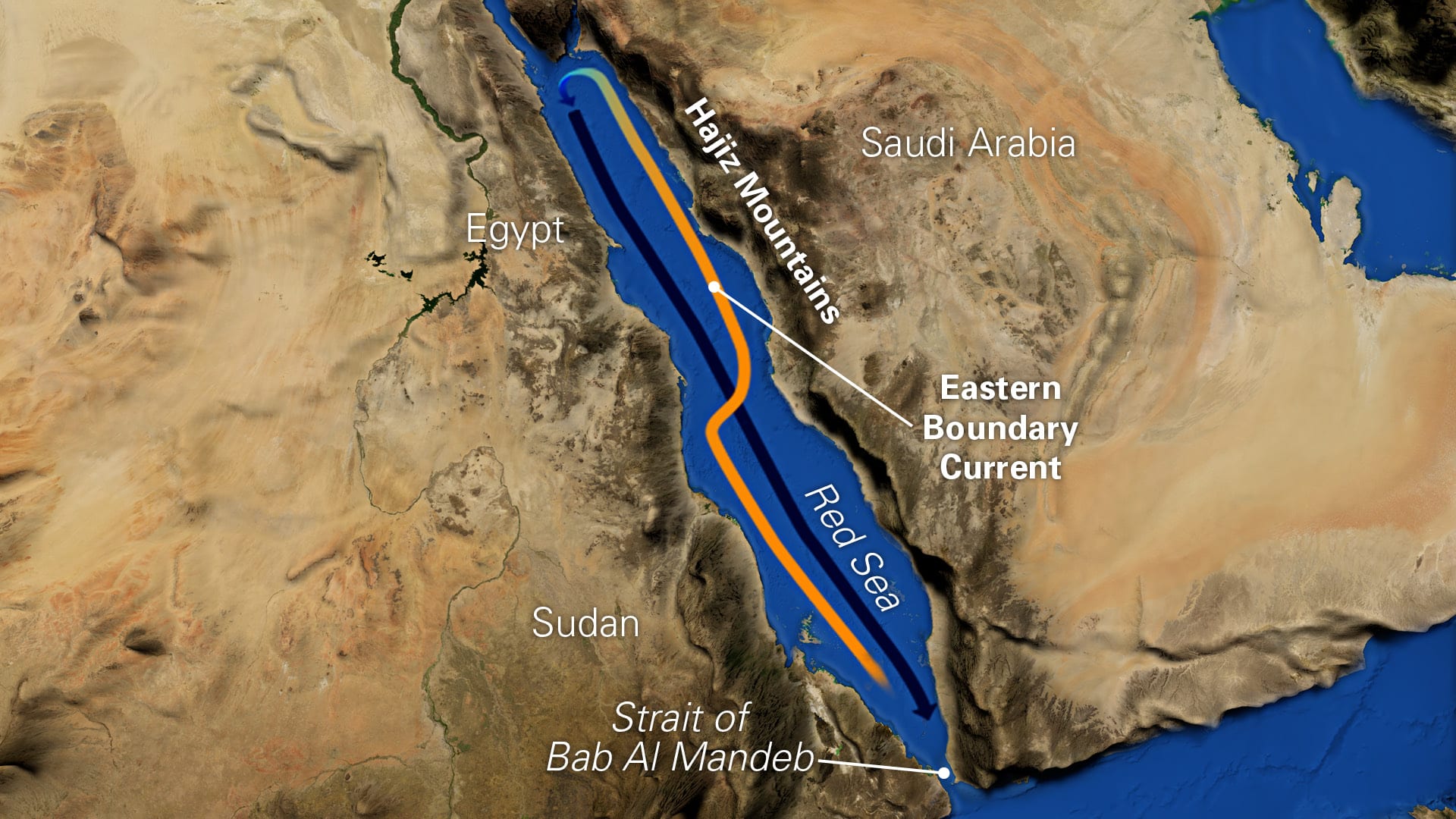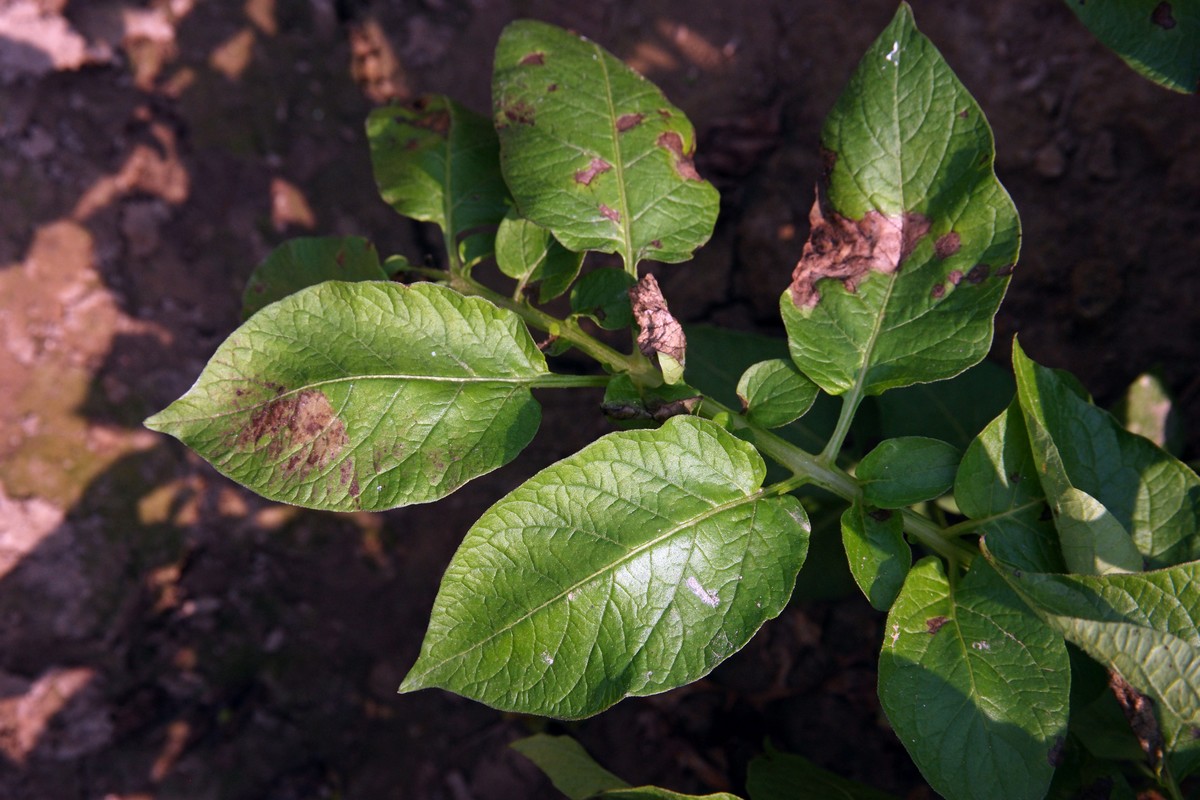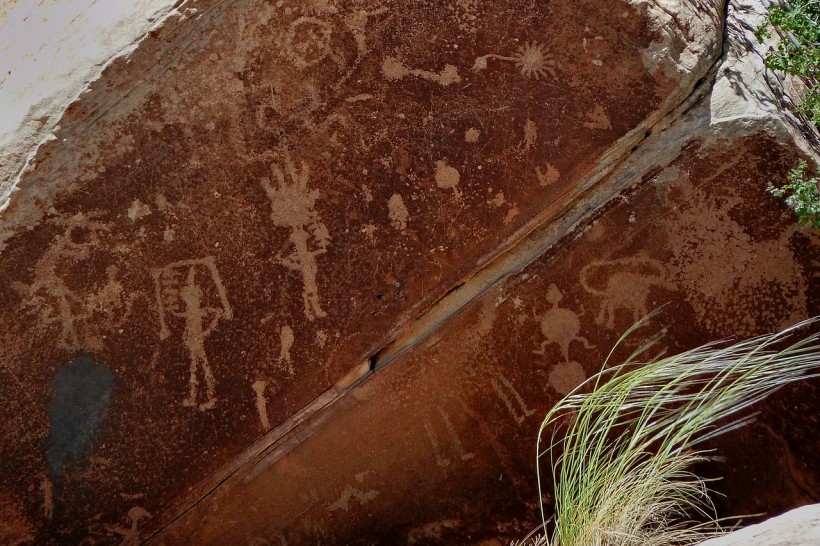Cops lose Rs 12 crore in chit fund scheme, probe on (TOI)

- 20 Dec 2023
Why is it in the News?
Around 70 persons belonging to AP special police have lost nearly Rs 12 crore in a chit fund scheme in Mangalagiri, said the police. Mangalagiri police registered a case and launched an public sector investigation.
What are Chit Funds?
- Chit funds, also known as Kuri and Chitty, serve as versatile financial instruments encompassing both borrowing and saving components.
- In this financial arrangement, a group of individuals collectively contributes a fixed sum at regular intervals, with the understanding that one member will receive the total pooled amount during each interval.
- This process repeats until every member has received their share.
- Typically managed by a chit-fund company, this financial instrument operates by having a group of contributors make regular contributions toward the chit value for a duration equivalent to the total number of subscribers.
- The recipient of the pooled money is determined through an auction or lucky draw, employing a reverse auction system where the individual willing to accept the lowest amount is chosen.
- The sum forfeited by the winning bidder is distributed among other bidders, deducting a foreman's charges and commission.
- The share each bidder receives is termed a dividend. Interestingly, a winning bidder can continue to invest in subsequent intervals, even after claiming their sum.
Types of Chit Funds:
Chit funds can be categorized into three types:
- Chit Funds Run by State Governments:
- Managed and regulated by state governments.
- Public sector undertakings (PSUs) also fall under this category.
- These funds are considered safe, with limited chances of loss. Business processes are transparent and well-regulated.
- Private Registered Chit Funds:
- Registered under the Chit Funds Act of 1982.
- Typically initiated by well-established financial institutions or business entities.
- While participation in these funds may not be as secure as state-run or public-sector funds, the calculated risk is manageable due to their association with reputable private-sector entities.
- Unregistered Chit Funds:
- These chit-funds lack legal recognition, and participation involves a higher risk.
- Commonly found throughout India, they are often formed by a close-knit group of associates.
- Participation in unregistered chit funds is discouraged due to the potential for disputes, which rely heavily on the integrity and honesty of the members involved.
What is Saradha Chit Fund Scam?
- The Saradha scam, also known as the Saradha Group financial scandal, was a major financial scam that surfaced in 2013.
The Saradha scheme:
- The scheme, run by Saradha Group (an umbrella company with 200 private players), was launched in the early 2000s by businessman Sudipto Sen.
- Aimed at small investors, the scheme became popular in a very short time as it promised high returns.
- The money was collected through a wide network of agents, who were paid commissions of over 25 per cent.
- The Saradha Group raised about Rs 2,500 crore in a few years time.
- The company used varied marketing means to build its brand.
- Apart from popular marketing techniques like celebrity endorsements, the company used to sponsor cultural events such as Durga Puja and invest in popular football clubs to attract more investors.
- The scheme soon expanded to Odisha, Assam, and Tripura, and the number of investors reached close to 1.7 million.
US launches Red Sea force as ships reroute to avoid attacks (The Hindu)

- 20 Dec 2023
Why is it in the News?
U.S. Defense Secretary Lloyd Austin on Tuesday announced the creation of a multinational operation to safeguard commerce in the Red Sea following a series of missile and drone attacks by Yemen's Iran-aligned Houthis.
Context:
- The U.S. Defense Secretary recently revealed the establishment of a multinational operation to protect commerce in the Red Sea.
- This decision comes in response to a string of missile and drone attacks by Yemen's Iran-aligned Houthis.
- The gravity of these attacks has prompted several shipping companies to instruct their vessels to remain stationary and avoid entering the Bab el-Mandeb Strait until the security concerns are addressed.
About the Red Sea:
- The Red Sea is a narrow waterway extending southeastward from Suez, Egypt, to the Bab el-Mandeb Strait.
- The Bab-el-Mandeb Strait links the Red Sea to the Gulf of Aden, providing a connection between the Mediterranean Sea and the Arabian Sea.
- Essentially, it is a narrow inland sea positioned between the Arabian Peninsula and Africa.
- The Red Sea acts as a boundary, separating the coastlines of Egypt, Sudan, and Eritrea from those of Saudi Arabia and Yemen.
- The Gulf of Aqaba, an extension to the northeast, stretches into southern Israel and southwestern Jordan.
- Significance: The Red Sea boasts some of the planet's hottest and saltiest seawater.
- It stands as one of the most heavily traversed water routes globally, facilitating maritime traffic between Europe and Asia.
- Relevance for India:
- Potential disruptions along this route could lead to a significant surge, up to 25-30%, in freight rates for Indian shipments bound for Europe and Africa.
- For India, the Red Sea trade route serves as the most direct path for ships traveling from Asia to Europe.
- India heavily depends on the Bab-el-Mandeb Strait for crucial aspects such as crude oil, LNG imports, and trade with regions in West Asia, Africa, and Europe.
- This passage is critical, accounting for 30% of global container traffic.
Who are the Houthi Rebels?
- The Houthis are a Shiite Muslim sect with roots that date back centuries in Yemen.
- Members of the religion are a minority in Yemen, which is predominantly Sunni Muslim, but they are a significant one, numbering in the hundreds of thousands and making up as much as a third of the overall population.
- Named after the Houthi tribe, they adhere to Zaydi Shia beliefs within Islam, emphasizing the lineage of Prophet Muhammad's family as the political leaders of the state.
- Also recognized as Ansar Allah, translating to "Supporters of God."
- Involvement in Yemen's Civil War: A major faction in Yemen's nearly decade-long civil war, starting in 2014 when Houthi insurgents seized control of Yemen's capital, Sanaa.
- By early 2015, Saudi Arabia, supported by other Gulf states and the U.S., conducted airstrikes against the Houthis, who have backing from Iran.
- Although a ceasefire was signed in 2022, it lapsed after six months, with the parties involved not returning to full-scale conflict.
- Houthi Attacks on Red Sea Ships:
- Iran-backed Houthi rebels from Yemen have targeted ships in the Red Sea in response to Israel's military actions in Gaza.
- The Houthis, supporting Hamas, declared on November 19 their intent to attack vessels they believe are traveling to and from Israel.
Full-blown late blight attack damages potato crops in Punjab (Indian Express)

- 20 Dec 2023
Why is it in the News?
Days after the experts from Punjab Agricultural University (PAU) had cautioned farmers against the late blight disease attack on potato crop, the worst fears of the potato farmers have come true.
About Late Blight Disease:
- Late Blight disease is attributed to the fungus Phytophthora infestans and stands as a significant threat to potato crops, potentially causing rapid failures if appropriate control measures are not implemented.
- Common in humid regions with specific temperature conditions, this disease manifests with initial symptoms of small, light to dark green, circular to irregular water-soaked spots.
- In cool, moist weather, these spots rapidly expand into large, dark brown or black lesions, often exhibiting a greasy appearance.
- A pale green to yellow border typically surrounds these lesions.
- The spread of Late Blight is facilitated by infected tubers and soil, acting as a primary source of infection.
- Infected tubers play a crucial role in the disease's persistence from one crop to another. Airborne infection occurs through sporangia.
- Effective control measures involve the prompt destruction of infected crop residue in the field to prevent the disease from spreading to nearby areas.
Diseases Caused by Bacteria on Potato Crops:
- Ring Rot
- Brown Rot
Diseases Caused by Fungi on Potato Crops:
- Late Blight
Diseases Caused by Virus on Potato Crops:
- Leaf Roll
- Mosaic
First Prehistoric Pictorial Cave Art Found in Madagascar Offers Clues Regarding Ancient Connections Between Borneo, Egypt (The Hindu)

- 20 Dec 2023
Why is it in the News?
Recently, distinctive prehistoric rock art depictions were unearthed within the Andriamamelo Cave in western Madagascar.
Key Discoveries:
- Within this cave's truly pictorial art, human-like and animal-like figures depicting scenes from nature have been revealed.
- The remarkable findings unveiled surprising cultural connections, with some scenes directly linking to Egyptian religious motifs from the Ptolemaic period (300-30 BCE).
- Additionally, symbols and inscriptions on the cave walls indicated connections to the Ethiopian and Afro-Arab regions.
- Furthermore, the prevalent symbology and motifs echoed a cave art style from Borneo dating back two millennia.
- Notably, depictions within the cave may include three extinct animals of Madagascar — a giant sloth lemur, an elephant bird, and a giant tortoise.
- The potential connection to Egypt is suggested by eight significant images, including representations of a falcon (Horus), the bird-headed god Thoth, the ostrich goddess Ma`at, and two human-animal figures resembling Anubis, the ancient Egyptian god typically portrayed with a canine head.
About Andriamamelo Cave:
- The Andriamamelo Cave is situated in western Madagascar, nestled within the karstified limestone of the Paysage Harmonieux Protege de Beanka.
- This cave is a component of a vast karst region that encompasses the UNESCO World Heritage site, Parc National de Bemaraha, to the south, and the less-explored Antsingimavo karst area to the north.
Goa Liberation Day: Why India waited for 14 years after independence to move troops to Goa (Indian Express)

- 20 Dec 2023
Why is it in the News?
Goa Liberation Day is commemorated annually on December 19. In 2023, we observe the 62nd anniversary of the liberation of Goa.
Key Highlights:
- This day commemorates the liberation of Goa in 1961 by the Indian armed forces, ending 450 years of Portuguese rule.
- Portuguese colonization in India began in 1510, but by the late 19th century, their colonies were limited to Goa, Daman, Diu, Dadra, Nagar Haveli, and Anjediva Island.
- After India's independence in 1947, attempts to persuade Portugal to cede their territories were unsuccessful.
- The Goa liberation movement gained momentum from small-scale revolts, peaking between 1940 and 1960.
- In 1961, diplomatic efforts failed and Operation Vijay was executed, leading to the annexation of Daman, Diu, and Goa to the Indian mainland on December 19.
About Operation Vijay:
- Operation Vijay, a 36-hour military initiative initiated on December 18, 1961, and concluded on December 19, 1961, aimed at liberating the Portuguese territories of Goa, Daman, and Diu.
- This marked a significant milestone as possibly the first tri-service operation by the Indian armed forces.
- The Indian Air Force executed bombings on the Portuguese airbase at Dabolim, complementing the army's advancement from the north and east into Goa.
- Simultaneously, the Indian Navy played a crucial role in preventing hostile actions by Portuguese warships, securing access to Mormugao harbor, and establishing control over the Anjadip Island off the coast of Karwar.
- By the evening of December 19, 1961, Portuguese Governor General Vassalo De Silva signed the surrender document as the Indian armed forces, led by the army with support from the air force and navy, had effectively outnumbered and outgunned the Portuguese forces.
Granting Statehood to Goa after Liberation:
- Following its liberation, Goa came under the administration of the Indian government, becoming a constituent of the Indian Union as the Union Territory of Goa, Daman, and Diu.
- However, in 1967, a plebiscite was conducted to decide on the potential merger of the state with Maharashtra.
- The majority of Goans voted against the merger, leading to the continuation of its status as a Union Territory.
- This arrangement persisted until 1987 when Goa was accorded statehood, emerging as the 25th state of India.
- Meanwhile, Daman and Diu retained their status as a Union Territory.
